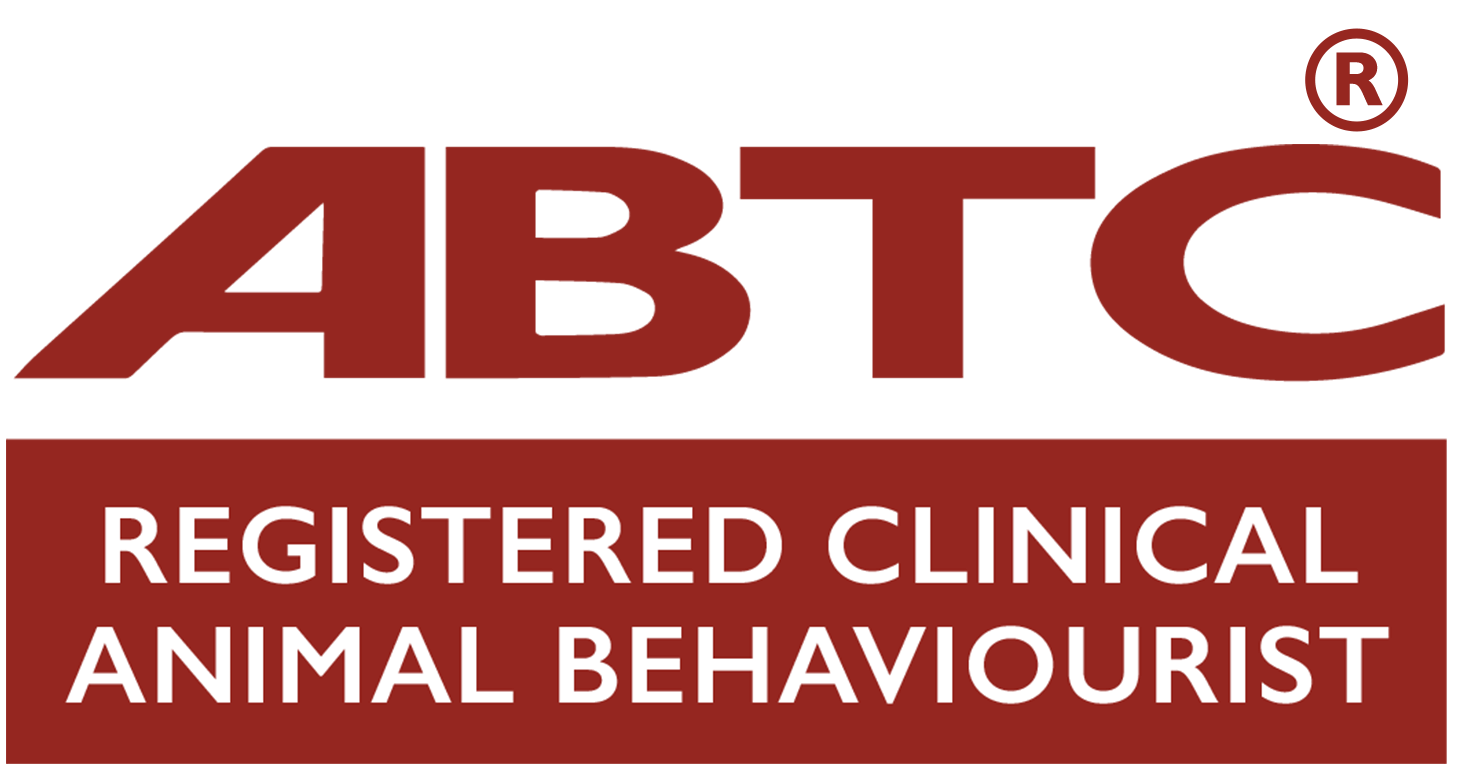Training a dog can be a rewarding experience, deepening the bond between owner and pet while instilling good behaviour. However, successful training heavily relies on the presence of motivation. Just like humans, animals need motivation to engage in learning new behaviours and cues that we can attach to those behaviours (such as verbal cues “sit”, “leave it”, and “come”, or visual cues such as the presentation of a palm indicating to the dog to come and touch it). In this article, I will explore the importance of motivation in animal training with a specific focus on dogs, and provide some effective ways to enhance your four-legged friend’s motivation.

The Significance of Motivation in Dog Training
Motivation plays a pivotal role in dog training as it acts as the driving force behind a dog’s willingness to learn and cooperate. By tapping into their motivation, you can unlock their potential and create a positive learning experience. Here are a few reasons why motivation is crucial in training dogs:
- Enhanced Focus and Engagement: Motivated dogs are more focused and attentive during training sessions. When a dog is motivated, they are eager to please their owner and are more likely to pay attention, leading to improved learning and retention. Furthermore, by keeping your training sessions short, such as 2-3 minute bursts two to three times a day – this can go a long way in keeping your pet motivated, compared to long drawn out sessions which can result in the dog (and owner) becoming tired, frustrated and even overwhelmed.
- Faster Learning: Motivated dogs are more willing to participate actively in training exercises. They are more receptive to learning new behaviours and visual/verbal or tactile cues that we can then attach to these behaviours. This makes the training process faster and more efficient.
- Reinforcement of Positive Behaviour: Motivation helps reinforce positive behaviour in animals. By rewarding desired actions with treats, praise, play, or the opportunity to forage, sniff and dig – behaviours many dogs find enjoyable, your dog will begin to associate those behaviours you’re attempting to train with positive outcomes, encouraging them to repeat those actions willingly.
Ways to Boost Motivation in Dog Training
- Utilise High-Value Rewards: Identify and use high-value rewards that truly motivate your dog. These can include tasty treats, favourite toys, opportunities to play/chase, dig, sniff and so on. Experiment with different rewards to find what resonates most with your dog, ensuring they are excited to work for the reward. Check out my video below on Preference Testing, using the example of differing foods to help you understand how to work out what your pet finds most desirable.
2. Incorporate Positive Reinforcement: Having identified what your dog finds motivating, now you can use this to positively reinforce the stuff you want your dog to do. Positive reinforcement involves rewarding desired behaviours, making the dog more likely to repeat them. So, by using foods, praise, touch, toys, play and other activities they love to do or receive, or a combination of these immediately after your dog successfully performs the desired behaviour, this helps your dog to learn “hey, this is great” and they will be more likely to perform the behaviour again when asked. There is no need to ever stop rewarding your dog for performing desirable behaviours where you can mix up the differing types of reward they receive. This continues to build a healthy ‘bank account’ of reinforcement for all the behaviours you may want your dog to be great at, such as coming when called, settling down, leaving items and so on. Remember, consistency and timing are essential to reinforce the connection between the behaviour and the reward, and in the early days and weeks of training, the rate in which you reward will need to be frequent and fast to help your dog ‘get’ the behaviour you are attempting to teach them.
3. Make Training Sessions Fun and Engaging: Dogs are naturally curious and thrive on mental stimulation. Incorporate games and interactive activities into your training sessions to keep them engaged and motivated. For example, you can use clicker training, where a click sound is used to mark the correct behaviour that has just been performed, and when the dog has performed the correct behaviour this is then followed by a reward. This method provides clear communication and engages your pooch’s problem-solving skills.
4. Use Variable Rewards: Instead of providing the same reward every time, vary the rewards intermittently. Dogs become more motivated and engaged when they don’t know exactly when the reward will come. This creates a sense of anticipation, and keeps them actively participating in the training process. Hence, by using a variety of your dog’s £5, £20 and £50 note equivalents, we can create anticipatory excitement – just like when we play a tombola game and you don’t know what you’ll win on each rotation!
5. Break Training into Small Steps: Complex behaviours, such as retrieving an object, can be challenging for dogs to grasp all at once. By breaking down the desired behaviour into smaller, achievable steps we can maintain motivation. Using the example of training to “Fetch”, you could break it down into the following steps; i) introduce the object that you want your dog to retrieve, such as a ball or a toy, encourage your dog to interact with the object by using treats or praise when they show interest. Start by rewarding any interaction with the object, like sniffing or touching it. Then, ii) once your dog is reliably interacting with the toy, you might start to teach your dog to touch the object with their nose or paw by using a targeting technique, and iii) then progress onto placing the object a short distance away from you and encourage your dog to touch it. When they touch it, reward them and praise them. Then iv) you would then gradually increase the distance, and add a verbal cue such as “Fetch”, and v) continue to build distance and accuracy – making sure your dog successfully retrieves it each time. Finally, vi) you would then work on generalising the fetch behaviour and refine it, such as adding duration (holding the object for longer before releasing it), accuracy (retrieving specific objects), and speed. Then varying the objects used and reinforce the behaviour consistently.
By celebrating incremental successes and rewarding each step, you keep the dog motivated and build their confidence as they progress towards the final behaviour.
A final word…
Motivation is the cornerstone of effective animal training, allowing dogs to unleash their full potential and achieve desired behaviours. By understanding the importance of motivation and implementing strategies to enhance it, such as using high-value rewards, positive reinforcement, and engaging training sessions, owners can create a positive and rewarding learning experience for their four-legged friends.
Remember, every dog is unique, and finding what motivates your dog best may require some trial and error, and preference testing across a range of environments your dog will typically be in (the house, garden, park, pub etc). Patience, consistency, and positive reinforcement will help you build a strong bond.
Learn more about our classes

Get Hanne's Book
Playing With Your Dog will help any dog owner work out the games that are best suited for their pet to play throughout his life, from puppyhood to old age. The book also shares some tricks for all ages, group activities, and recommended toys that dogs will enjoy.

























